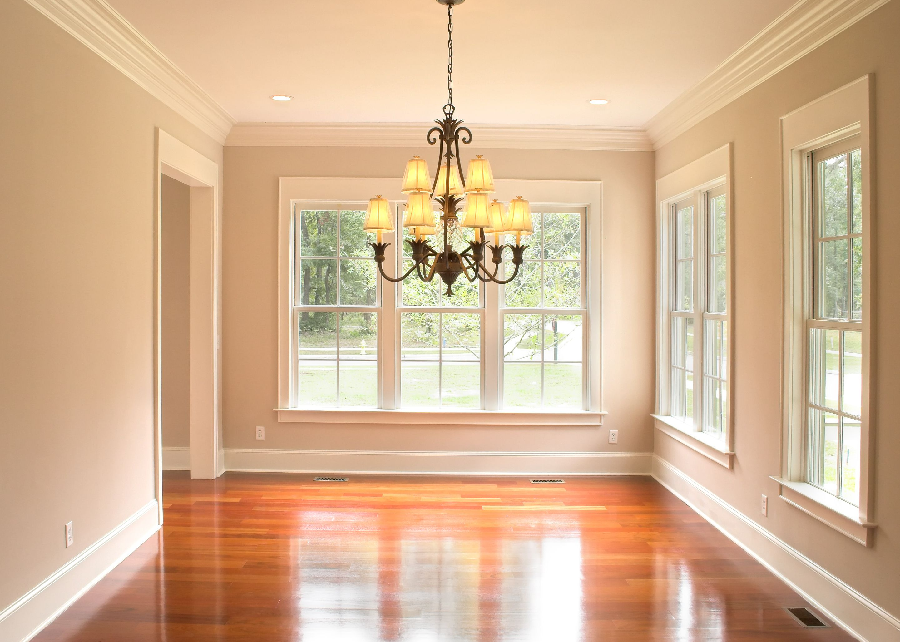In Phoenix, the home renovation and improvement industry has become stronger. Here, 61 percent of people choose to renovate their home instead of moving out of it altogether. The significant house improvement-related activities are decorating, renovating, repairing, and homebuilding. 60% of the population is engaged in decorating, followed by renovating (54%), repairing (48%), and home building (3%). Renovating a home drastically impacts its look and feel through molding elements like baseboard, crown, and casing molding. Today, you can purchase high-quality ultra-light MDF moulding in Phoenix, AZ, available in categories like casing, baseboard, round corner, crown, and S4S. They are available in various width sizes, starting from 1.0-to 2.0 and going all the way to 10.0 to 20.0. Here are some tips for purchasing good moulding.
Know About the Moulding Types
Primary trim is employed the most in a majority of installations. It consists of casings, crown moldings, and baseboards. It’s a highly functional trim covering the gap lying between two areas. But it can also be decorative and establish the style and tone of a place.
Design enhancing trim like architraves, panel moldings, and chair rails impart additional dimension to a room. They make the walls and entryways stand out.
Decorative or décor molding trim has an intricate style embossed in the molding. It adds particular accents to a living space. Corner blocks, rosettes, and plinth blocks are employed in this molding.
Understand the Material Differences
You can find molding in various densities and species. Knowing about the material differences and choosing the appropriate one for your project is critical to a successful result.
- Medium-density fiberboard or MDF – It’s a composite, high-grade material. MDF molding refers to a lightweight engineered pre-primed wood product. It makes it easier to paint. You can find MDF moulding in Phoenix, AZ, in varying thicknesses, starting from 0.125 and going to 2.0. They are available in various blends like Spanish, Rendezvous, Laid Back, Modern Minimalist, Modern Muse, and Zentastic.
- Poplar – It’s a material that many design professionals use. It has crisp grainlines and wood tones that can accept any type of stain and paint.
- Pine – It imparts a peculiar character to a space. Its grain lines and occasional knots make way for a good texture.
- Oak – Its molding is milled from white or red oak. Both have good grain appeal and can be easily sanded, cut, and finished.
Know About the Types of Decorative Moulding Materials
There are various decorative molding materials you can choose from. Here are the main types.
- Architectural molding is a material you can work with like wood. It’s a polyurethane molding with massive profiles that imitate the appearance of built-up molding. It doesn’t warp or split.
- Decorative molding imparts the space a finished look. It is easy to install, especially when you employ corner blocks.
- Prefinished molding is a cheaper alternative to wood molding. It is available in multiple wood grain patterns. It comes ready to install. So, you save a lot of time with it.
- Unfinished solid wood molding is a standard decorative molding. It is milled in various profiles. So, it aligns with any personal decorating preference.
Now that you know how to purchase good molding, you can choose the right size as per the space available in your room and the ceiling height. The suitable molding will help enhance the aesthetics and value of your home.




